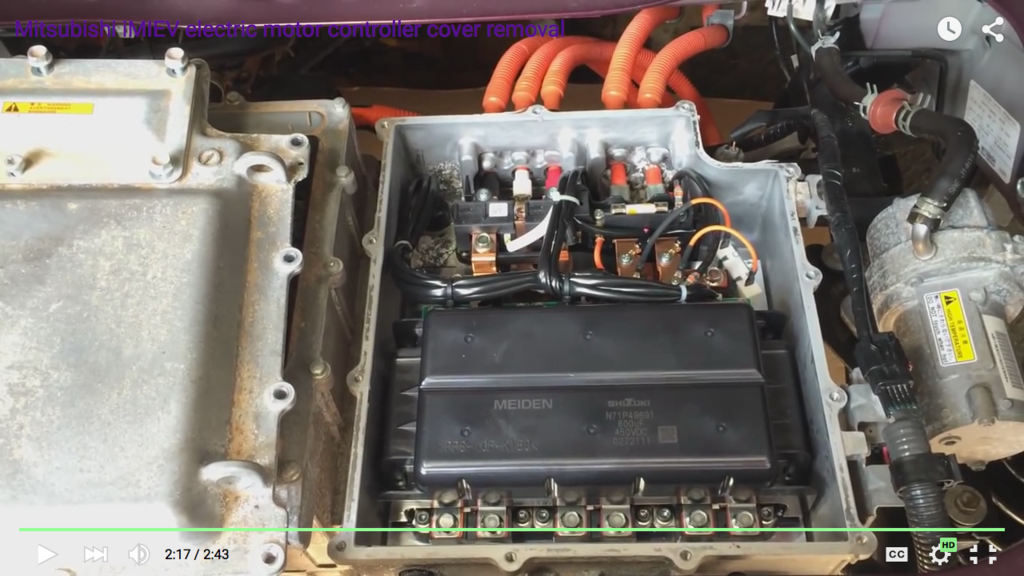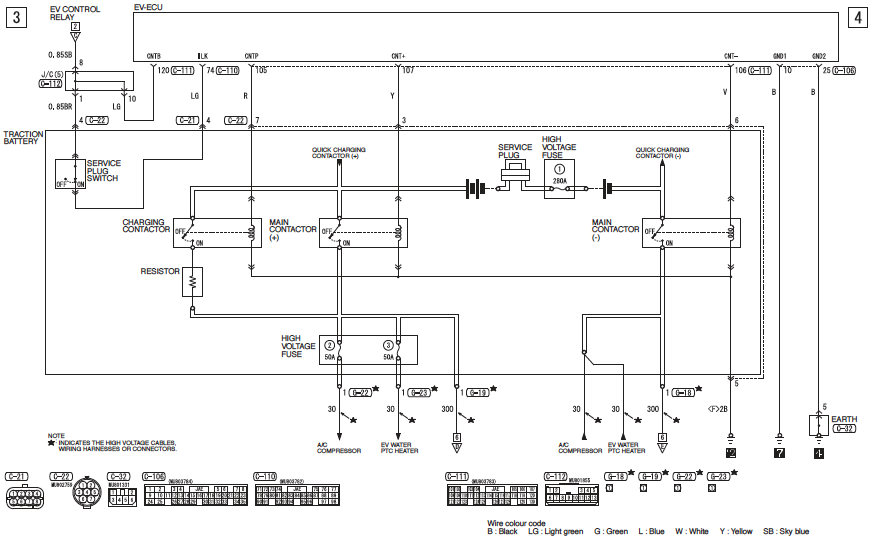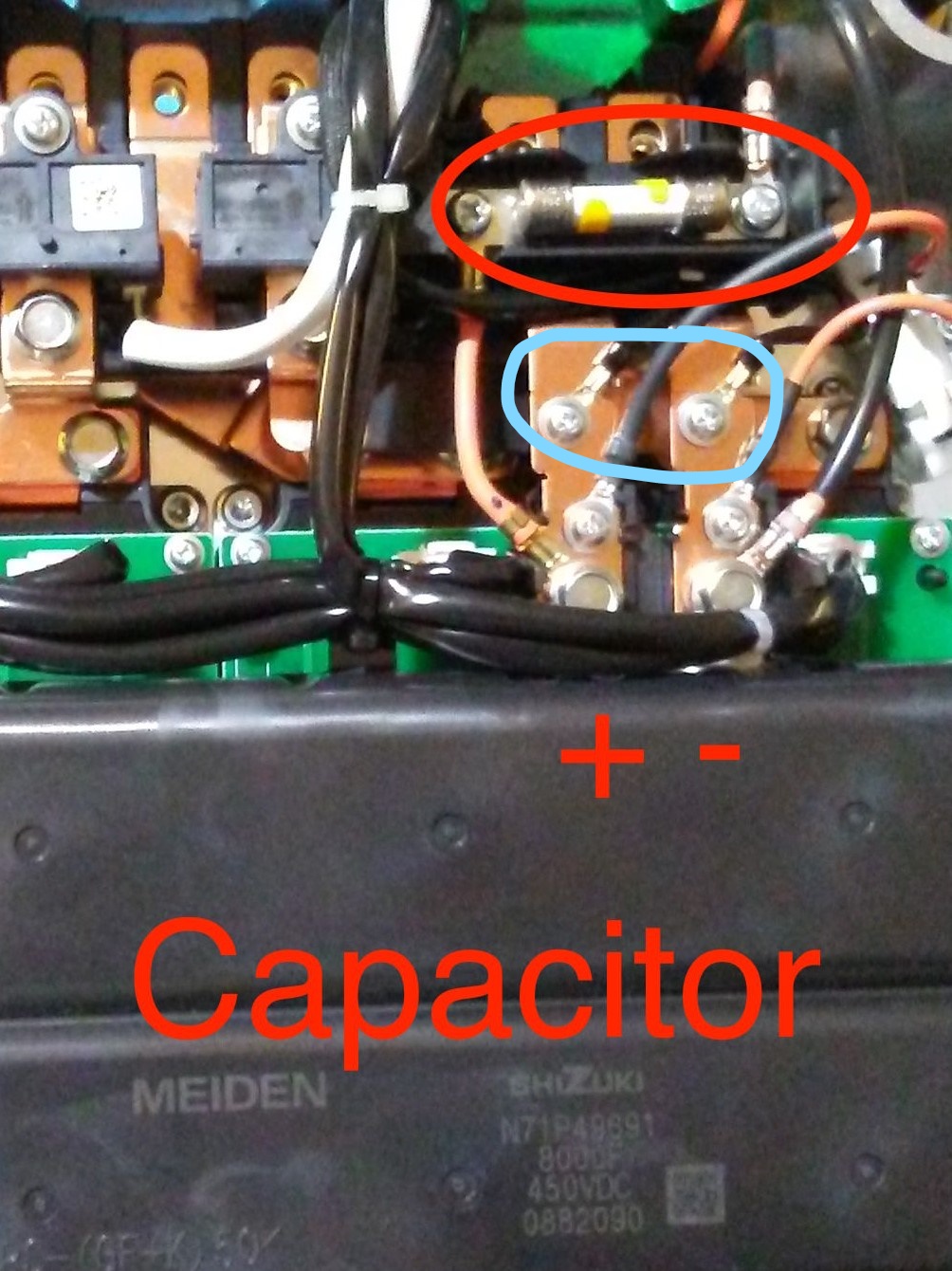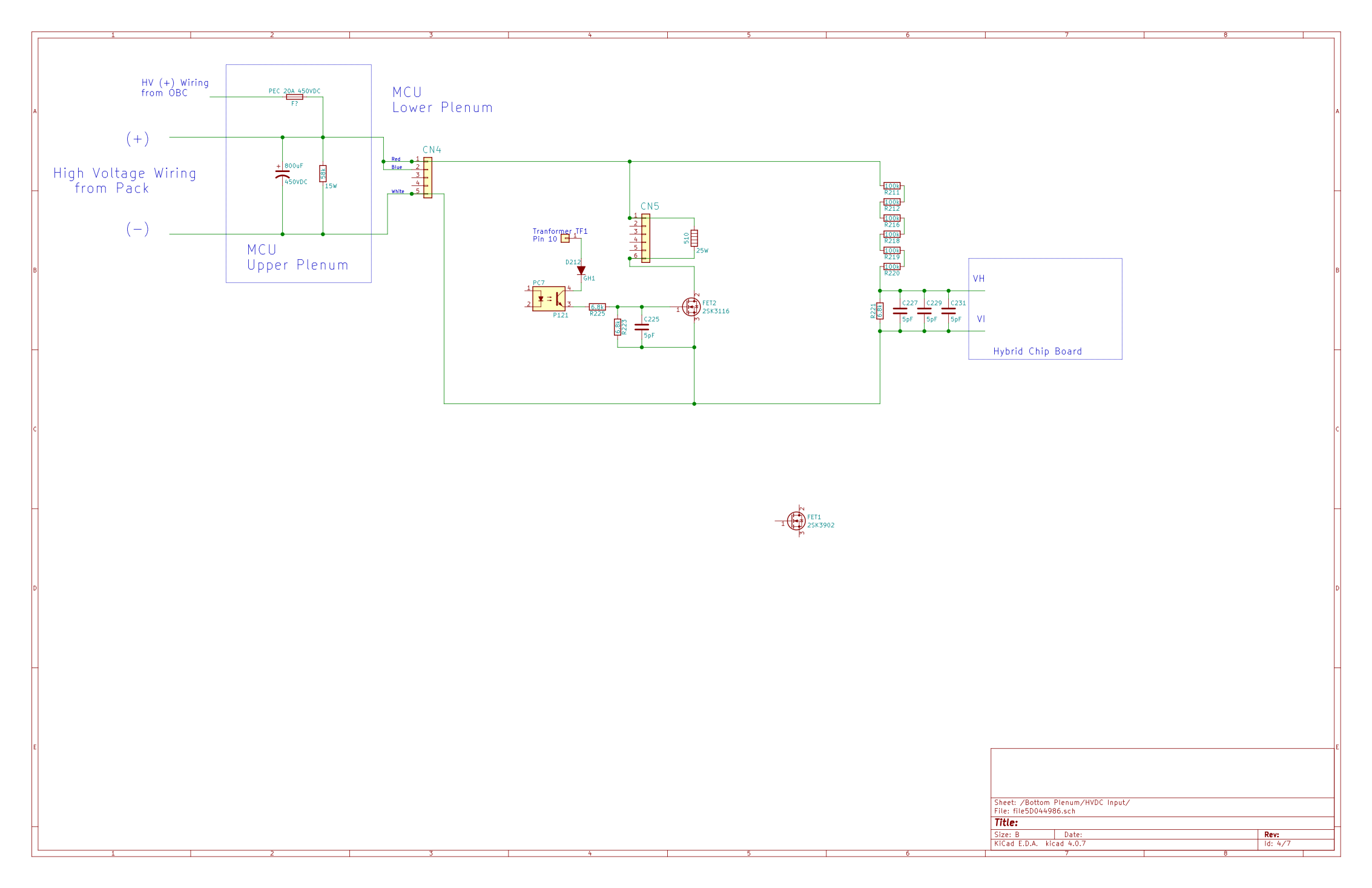INDEX to this thread. [Mod Edit, moved Lic's original fault history to post #5]
[Edit, june 22, 2023 after going thru entire thread]
This is a P1A15 INDEX Post with links to help find pictures and info quickly.
Repair approaches to solve this problem:
1. Add resistor(s) to the hybrid to change the Gain of the op amp stage.
1.1 Add resistor in parallel along the voltage divider before the hybrid to raise the input voltage to the hybrid (e.g. Sandrosan's repair on page 37
2. Replace a defective component on the hybrid board.
3. Replace the entire hybrid board with something else.
A nice set of pictures from Stan uploaded by coulomb: Stan's pics
Photos of the hybrid board:
Picture of the hybrid board with added resistor to change Gain of Amplifier
Bottom view of hybrid board with latest markups on page 36
Nihon block diagram of hybrid: Nihon FBD
Analog Devices AD202 block diagram: AD202 FBD
Scope trace of the precharge event: scope trace
Added 11/2023 from page 50, Martin's scope capture
HV measurement thru the hybrid isolation board:
MCU HV Overview page 23
HV circuit to the Hybrid: sketch of circuit
Hybrid circuit details:
Some component values on page 14: C and R values
Identification of components page 19: IC part numbers
Beginning of long detailed troubleshooting with Justin on page 16 [runs thru page 37]:
boo the good german shepard
detailed troubleshooting hybrid scope trace page 34
Replacing the hybrid with something else:
Greg Fordyce proposed replacement with alternate part AD202 starts on page 38
Justin's custom wiring solution for Greg's board on page 43
Vanthi's custom board is also on page 43 at the bottom
Jakob N's custom board for AD202KY is in post# 563,
Repair Videos:
drcat's repair video is on page 46
drcat video
Daniel's repair video is on page 47
DalatheGreat video
David's OBDZero Pid Listing is on page 44:
OBDZero PID list
this INDEX is a work in progress and open for suggestions.
[/end edit]
===== Original Reply starts here =====
Probably not a good idea--member redcane had the same issue and tried to enable the contactors and blew the precharge resistor:
http://myimiev.com/forum/viewtopic.php?f=22&t=4194
You still don't know whether or not the EVECU has tried to command the main(+), but it may be so quick that a scope would be needed to see it. Precharge only takes about 0.125 sec (see scope trace in redcane's thread) and 97% is close enough to full such that the car should turn on the main; there is only 0.4 Amps flowing at that time.
i can think of at least 3 scenarios:
bad contacts, the EVECU is commanding main(+) and the car is trying to go to READY by turning on the MCU and DCDC, and they are the load that is pulling the buss voltage down.
Or bad indicator, the EVECU is commanding main(+) but the indicator is not showing movement and the EVECU is shutting down.
Or other component, the EVECU is not commanding main(+) due to some other issue.
[Edit, june 22, 2023 after going thru entire thread]
This is a P1A15 INDEX Post with links to help find pictures and info quickly.
Repair approaches to solve this problem:
1. Add resistor(s) to the hybrid to change the Gain of the op amp stage.
1.1 Add resistor in parallel along the voltage divider before the hybrid to raise the input voltage to the hybrid (e.g. Sandrosan's repair on page 37
2. Replace a defective component on the hybrid board.
3. Replace the entire hybrid board with something else.
A nice set of pictures from Stan uploaded by coulomb: Stan's pics
Photos of the hybrid board:
Picture of the hybrid board with added resistor to change Gain of Amplifier
Bottom view of hybrid board with latest markups on page 36
Nihon block diagram of hybrid: Nihon FBD
Analog Devices AD202 block diagram: AD202 FBD
Scope trace of the precharge event: scope trace
Added 11/2023 from page 50, Martin's scope capture
HV measurement thru the hybrid isolation board:
MCU HV Overview page 23
HV circuit to the Hybrid: sketch of circuit
Hybrid circuit details:
Some component values on page 14: C and R values
Identification of components page 19: IC part numbers
Beginning of long detailed troubleshooting with Justin on page 16 [runs thru page 37]:
boo the good german shepard
detailed troubleshooting hybrid scope trace page 34
Replacing the hybrid with something else:
Greg Fordyce proposed replacement with alternate part AD202 starts on page 38
Justin's custom wiring solution for Greg's board on page 43
Vanthi's custom board is also on page 43 at the bottom
Jakob N's custom board for AD202KY is in post# 563,
Repair Videos:
drcat's repair video is on page 46
drcat video
Daniel's repair video is on page 47
DalatheGreat video
David's OBDZero Pid Listing is on page 44:
OBDZero PID list
this INDEX is a work in progress and open for suggestions.
[/end edit]
===== Original Reply starts here =====
Probably not a good idea--member redcane had the same issue and tried to enable the contactors and blew the precharge resistor:
http://myimiev.com/forum/viewtopic.php?f=22&t=4194
You still don't know whether or not the EVECU has tried to command the main(+), but it may be so quick that a scope would be needed to see it. Precharge only takes about 0.125 sec (see scope trace in redcane's thread) and 97% is close enough to full such that the car should turn on the main; there is only 0.4 Amps flowing at that time.
i can think of at least 3 scenarios:
bad contacts, the EVECU is commanding main(+) and the car is trying to go to READY by turning on the MCU and DCDC, and they are the load that is pulling the buss voltage down.
Or bad indicator, the EVECU is commanding main(+) but the indicator is not showing movement and the EVECU is shutting down.
Or other component, the EVECU is not commanding main(+) due to some other issue.
Last edited by a moderator:






































